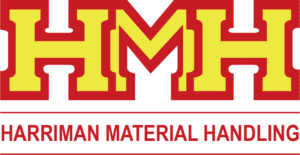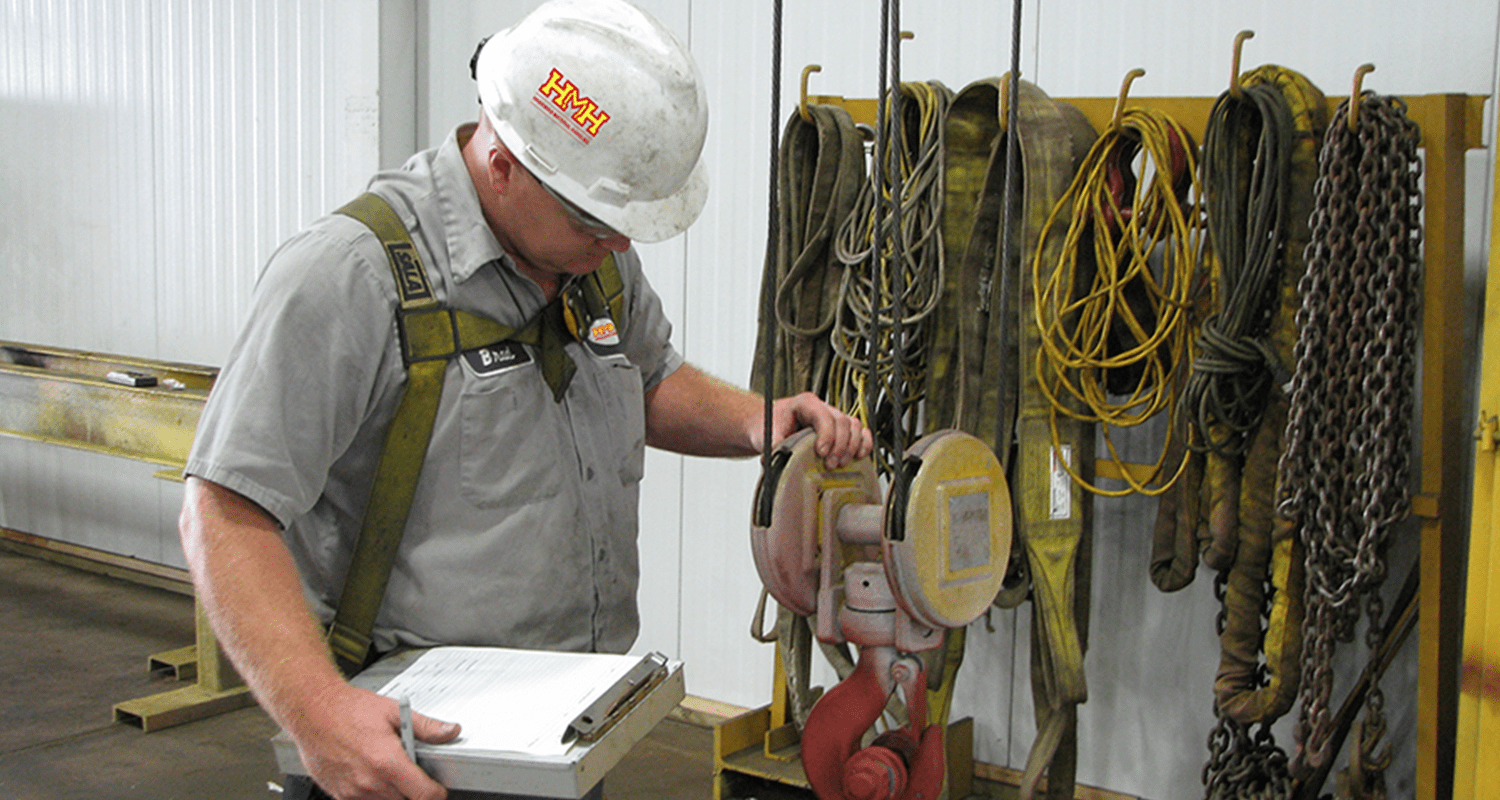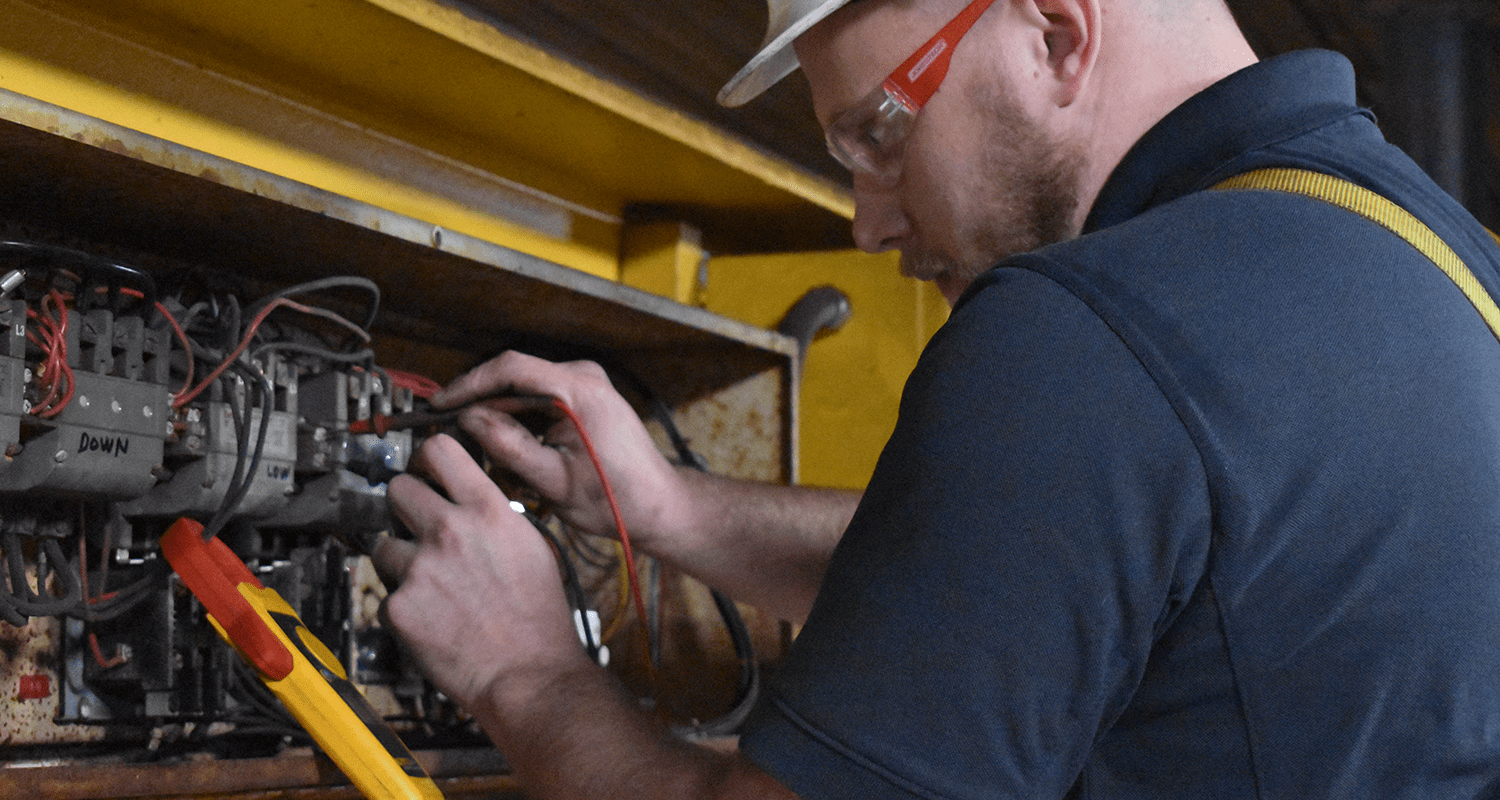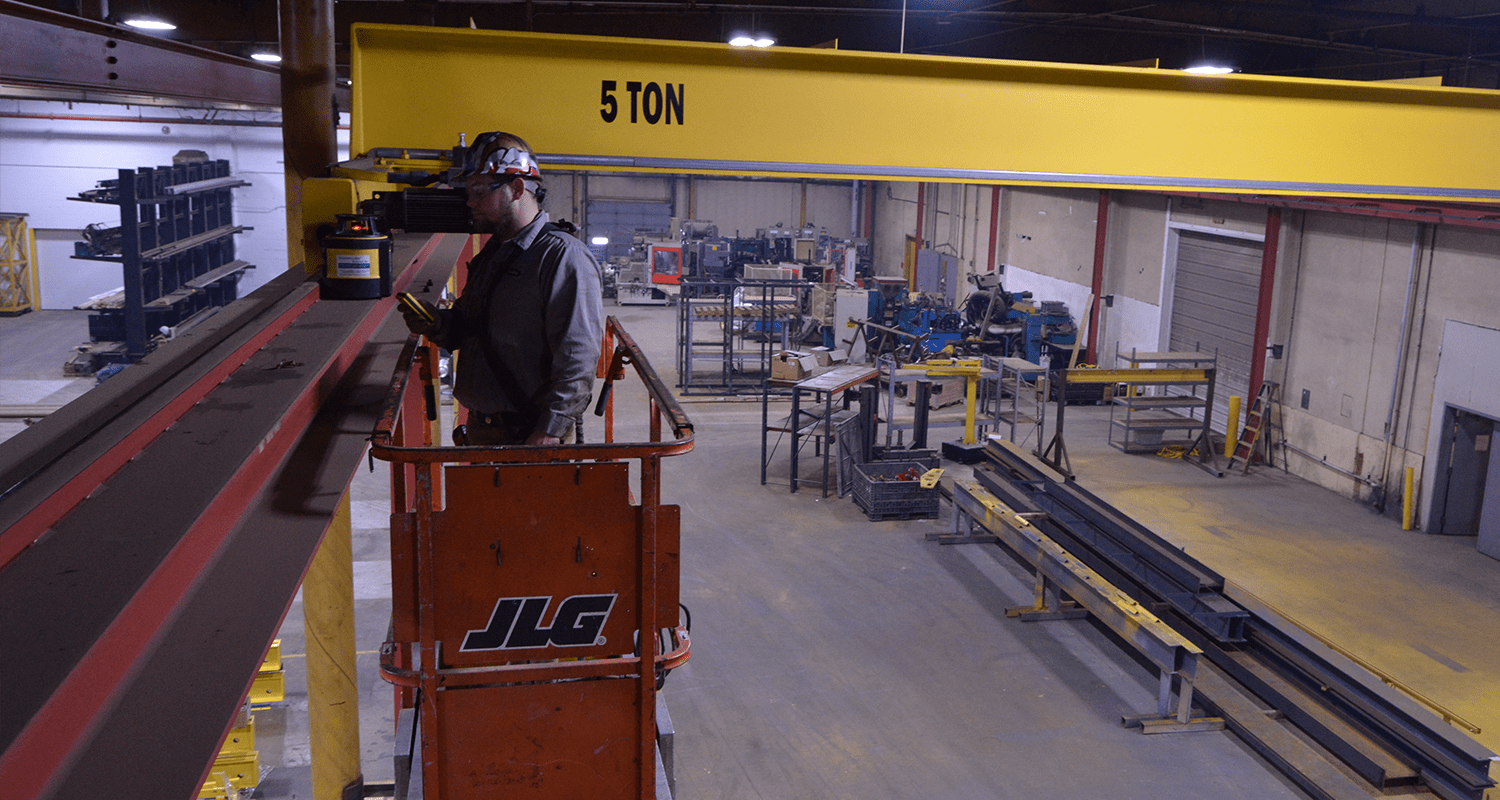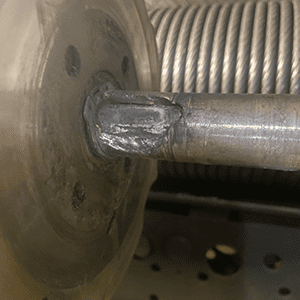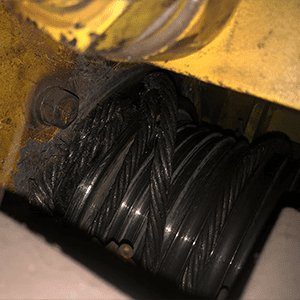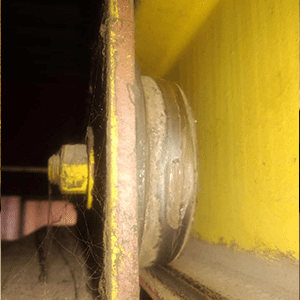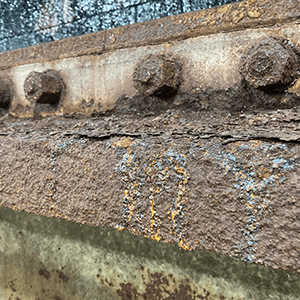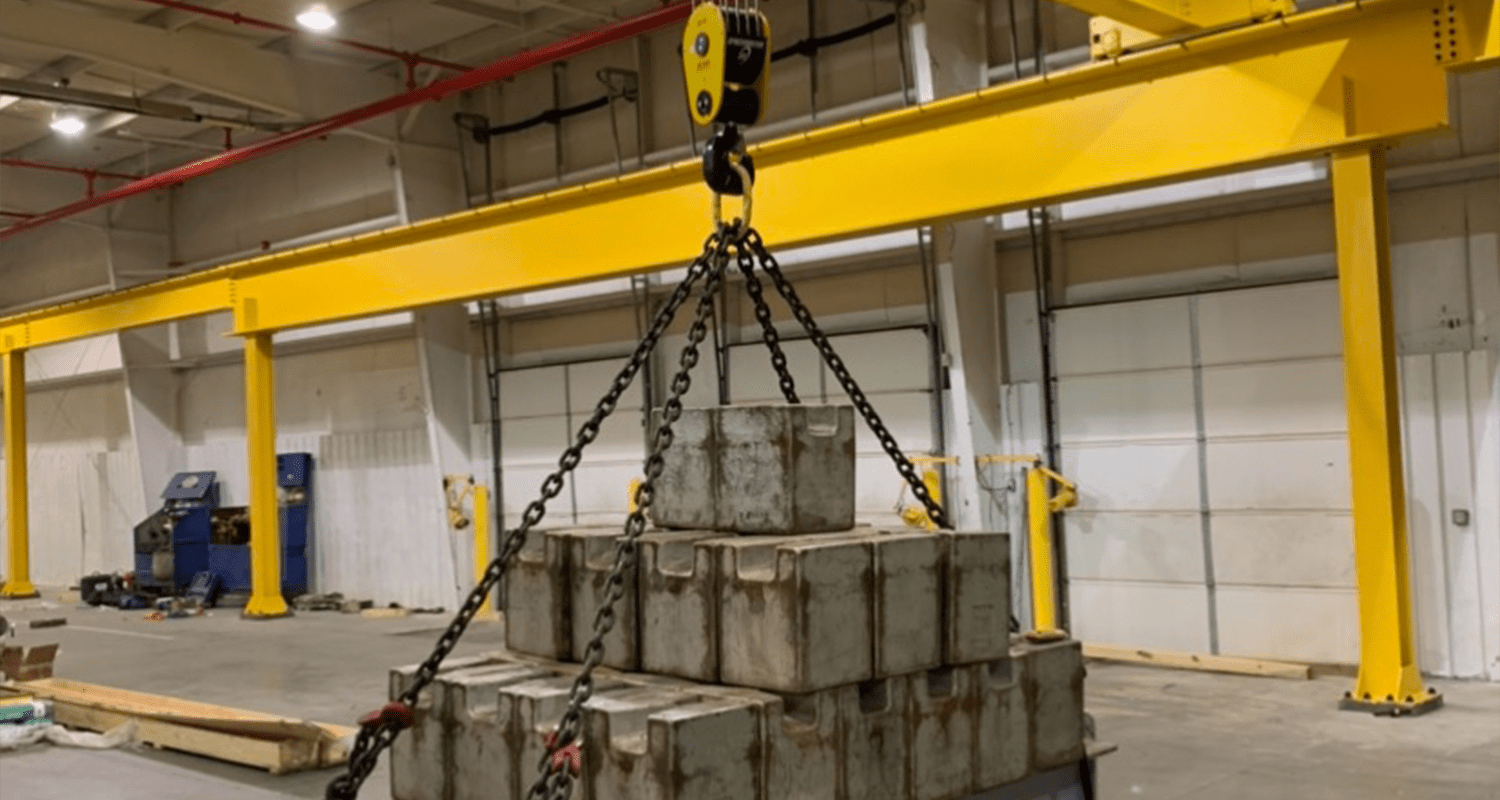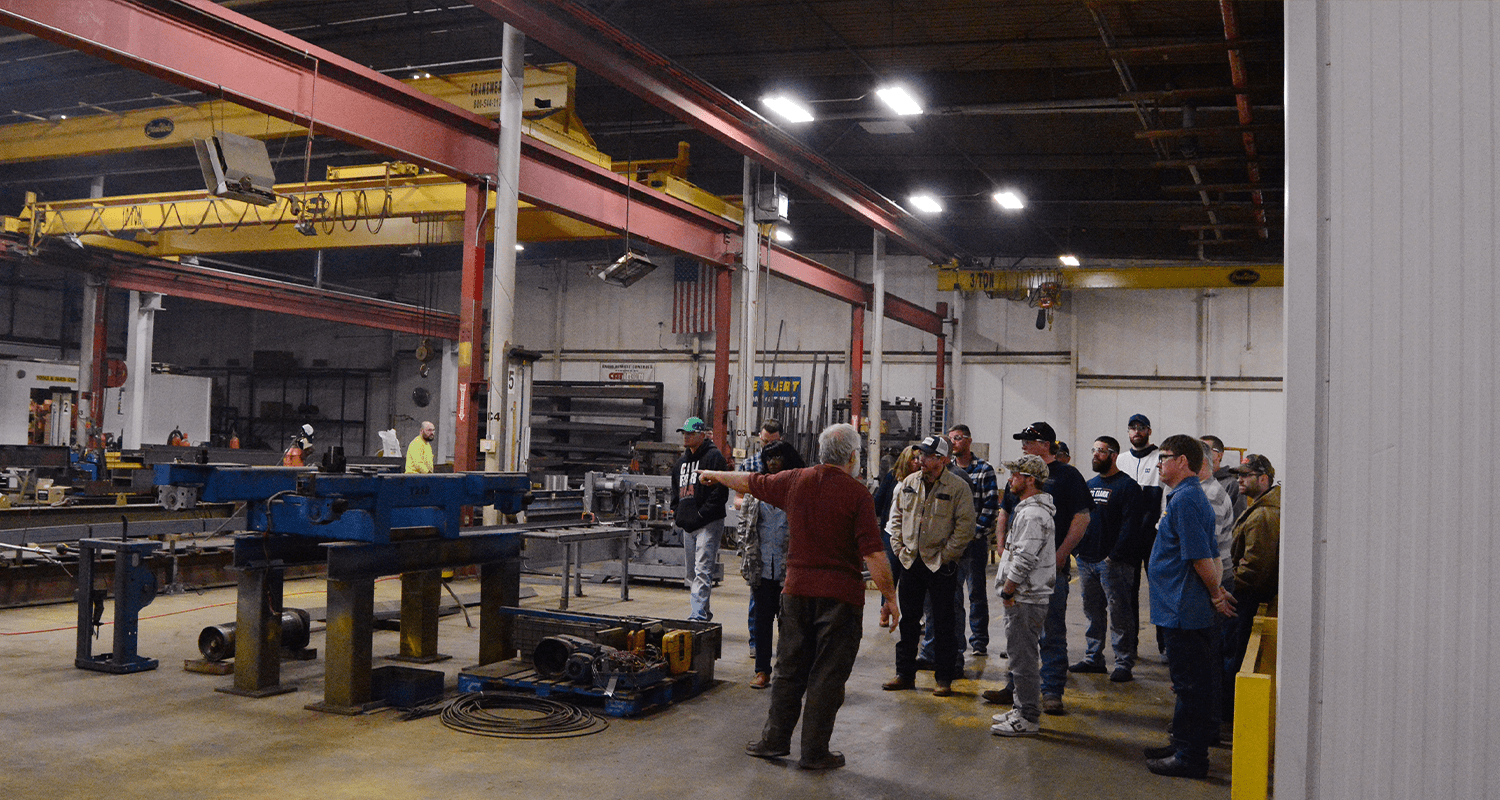Crane Malfunctions Leading to Cranes Becoming Out-of-Square
When a component of an overhead bridge crane fails, such as a wheel, wheel bearing, drive shaft or brake, it will often times cause the bridge crane to skew and become out-of-square. This can cause damage to the crane runway by spreading the runways apart and cause the runway steel to yield permanently, hardware to stretch and connection and rail bolts or clips to break. Many crane malfunctions such as broken drive shafts and worn bridge motor brakes can go undetected for a long period of time. These are the types of failures that can lead to catastrophic wear and damage to the structural integrity of the crane and runway.
Harriman offers a variety of solutions to combat these issues and a number of ways to detect these problems. Harriman inspection team will develop a course-of-action that will allow you to bring you structures, runways and overhead cranes back into compliance.
Laser Runway Surveys and Runway Inspections
Harriman is experienced in the area of performing crane and hoist inspection surveys that include: runway girder elevation, runway rail straightness and span compliance. In addition to those items Harriman also checks the general condition of the running surfaces.
Reporting
Out team of professionals perform necessary field measurements and inspections and relay them back to our drafting department for them to produce drawings. These drawings will illustrate the condition of your existing crane runways as well as demonstrating how much if any of the runways is out of allowable tolerance. As part of our reporting a written report with images illustrating non compliance issues will be provided.
Bridge Structural Analysis
Bridge girder and end-truck connections can be inspected both visually and by using a non-destructive means of testing these areas. Our Structural Analysis Inspectors are trained to identify cracks in and the yielding of materials in the areas of these connections.
During a structural analysis inspections we can also perform a squareness check of the cranes wheels and a laser check to determine that the bridge crane has the proper camber.
